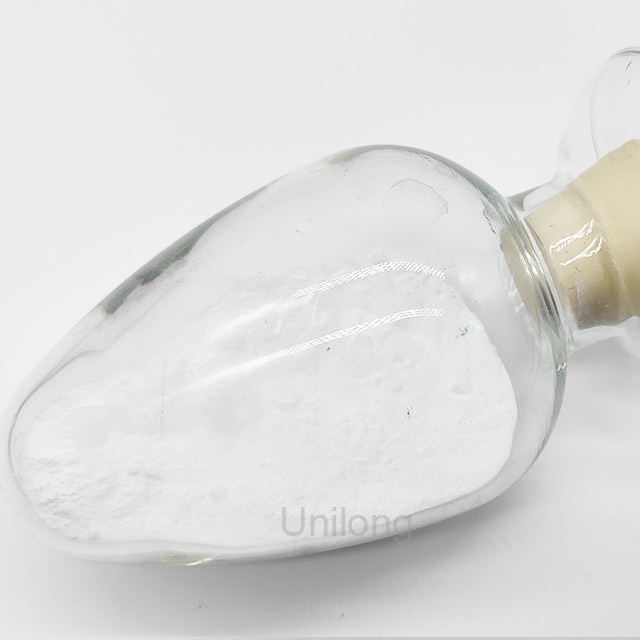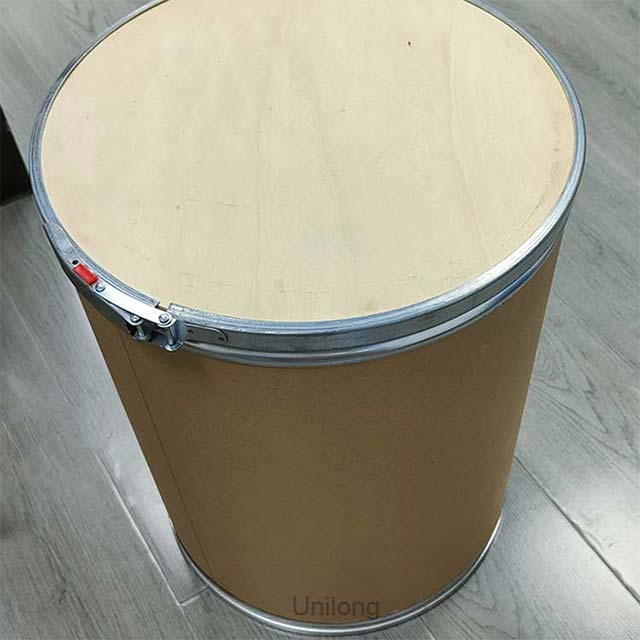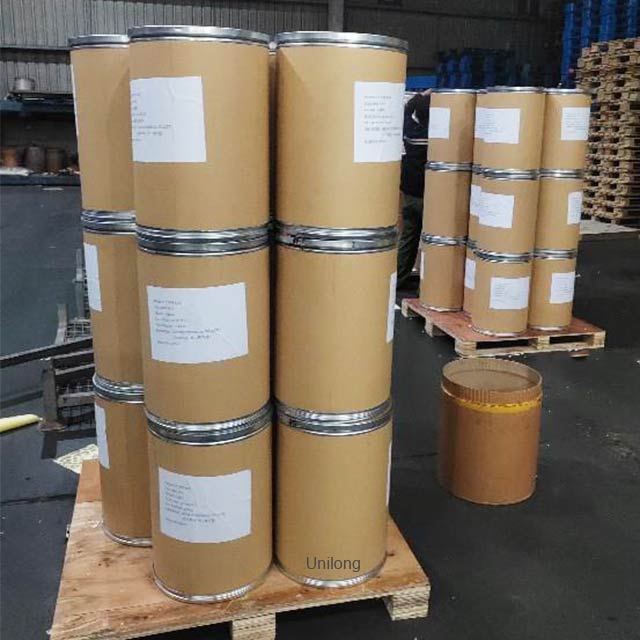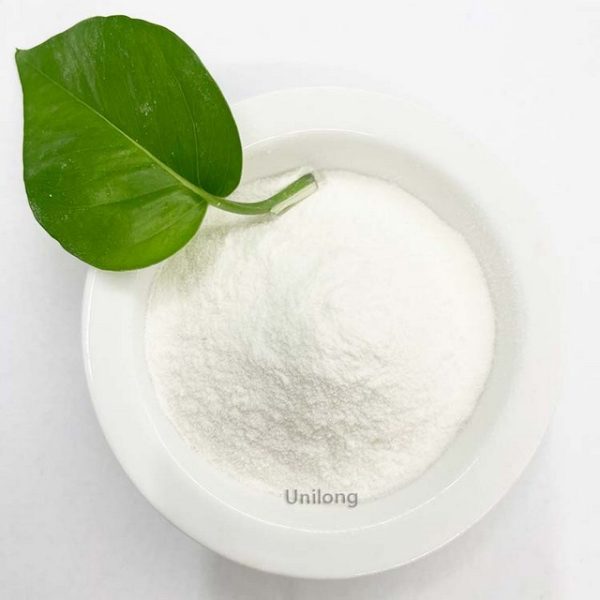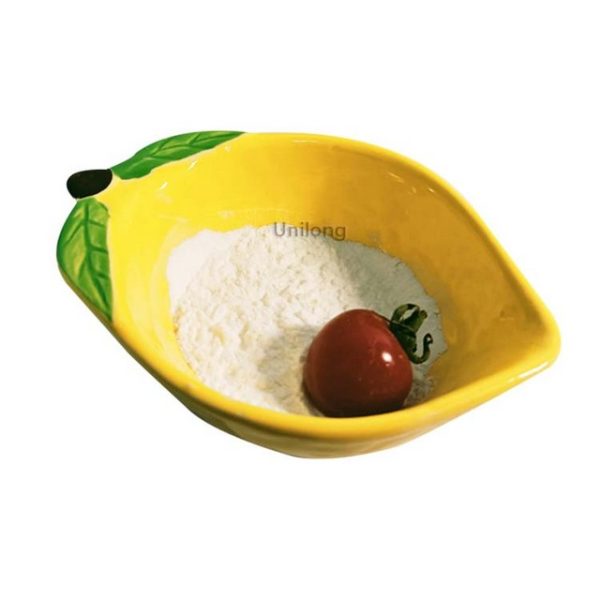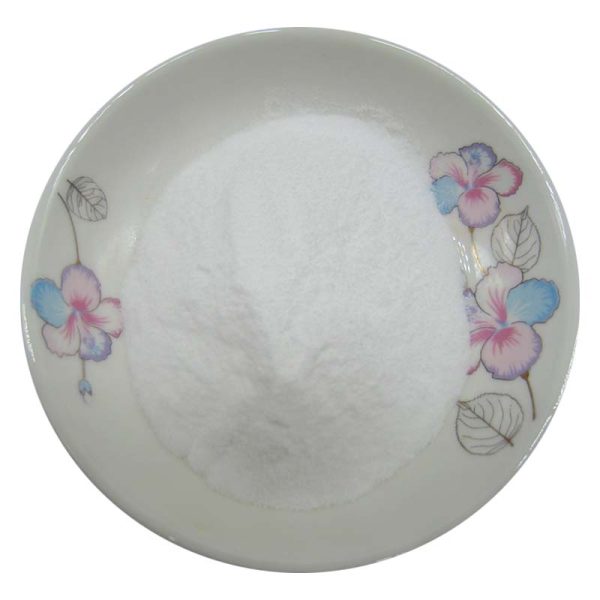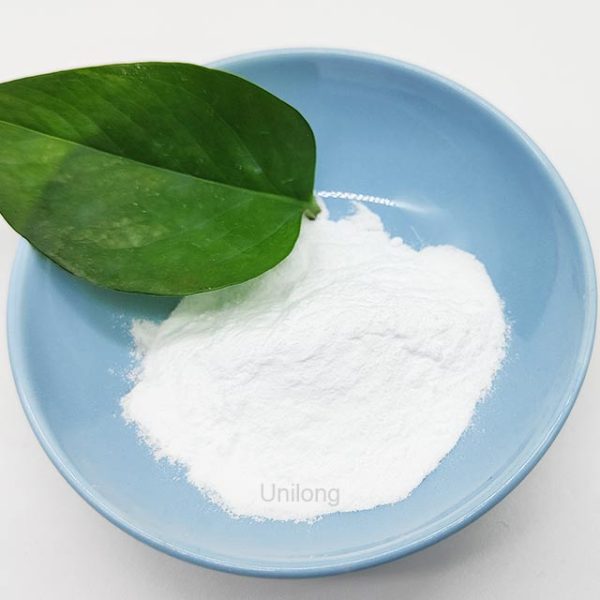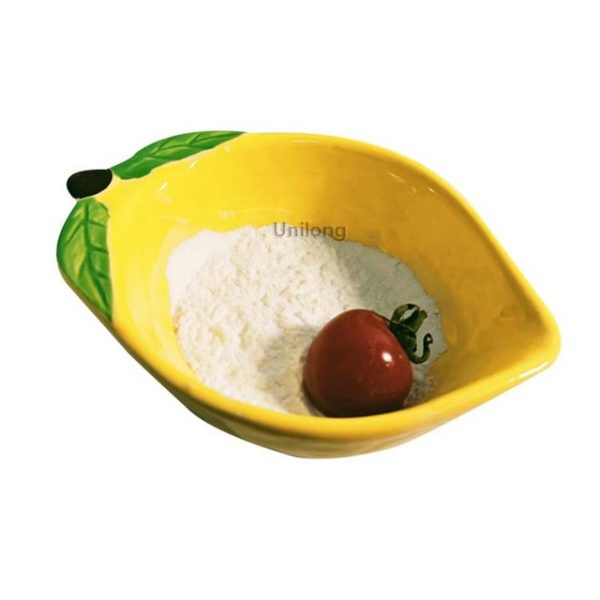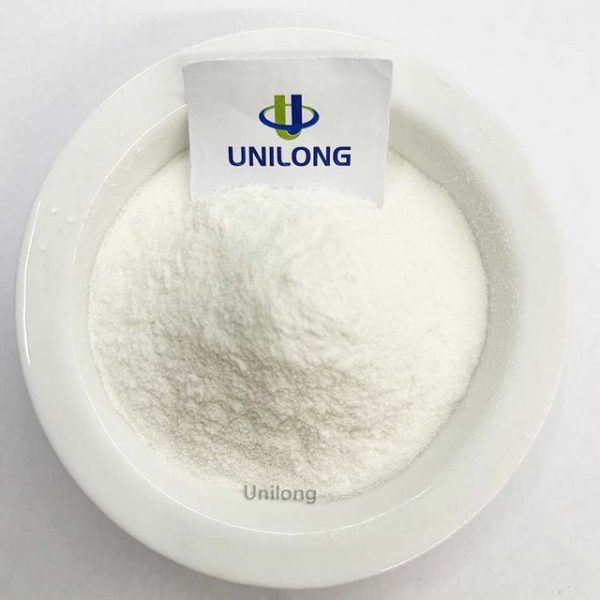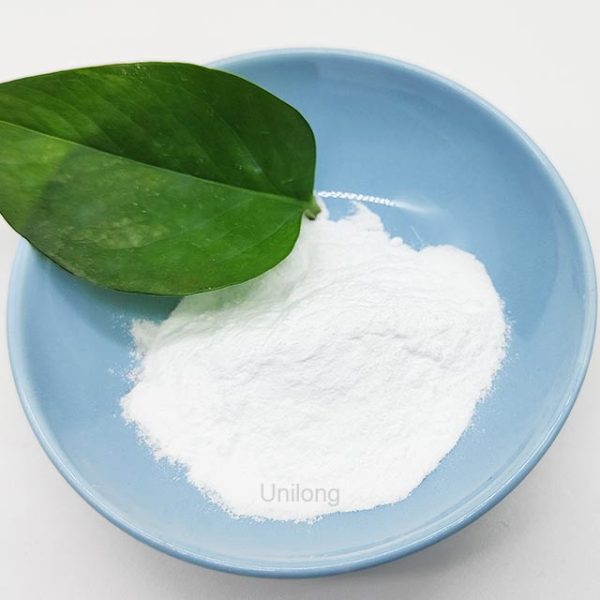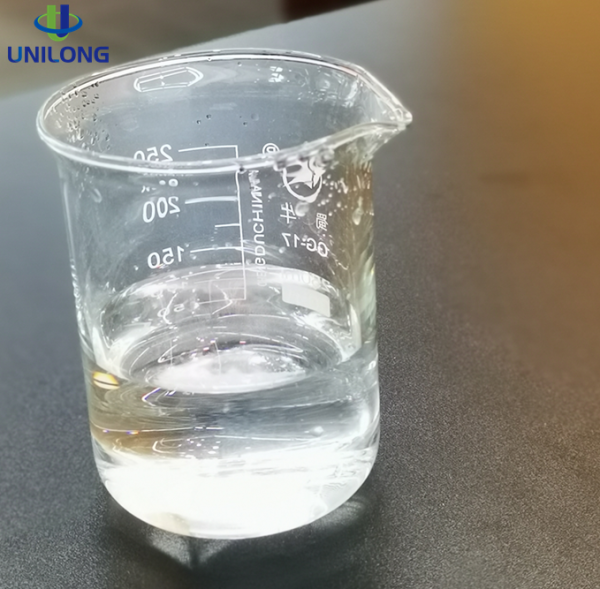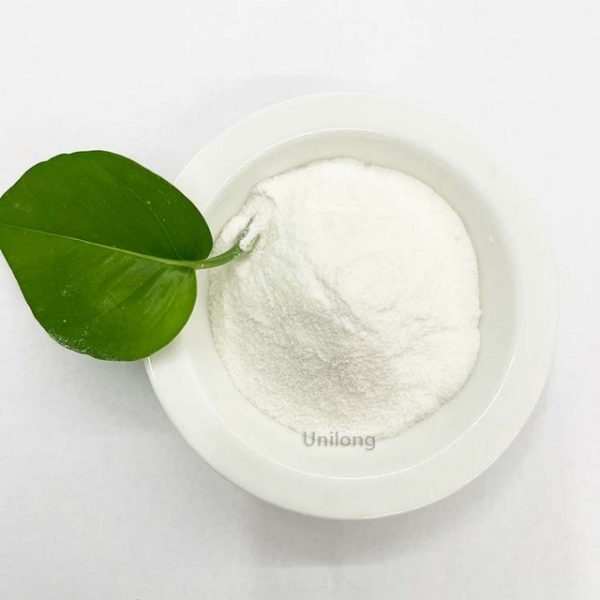CAS:520-45-6
Molecular Formula:C8H8O4
Molecular Weight:168.15
EINECS:208-293-9
Synonyms:3-Acetyl-6-methyl-2H-pyran-2,4(3H)-dione.enolform; 3-acetyl-6-methyl-2h-pyran-2,4(3h)-dione.enolform; 3-acetyl-6-methyl-2h-pyran-2,4(3h)-dioneenolform
What is Dehydroacetic acid CAS 520-45-6?
DHA is widely found in many deep-sea fish oils, as well as in Marine algae and certain land plants. DHA is a type of omega-3 unsaturated fatty acid, which is an essential fatty acid for body nutrition. mp44 ° C. It is unstable to light, oxygen and heat, easy to oxidize and crack, and antioxidants should usually be added. Lecithin, dextrose, cyclodextrin or inert gas can also be added to improve the stability of the preparation.
Specification
| Item | Specification |
| Melting point | 111-113 °C |
| Boiling point | 270 °C (lit.) |
| Density | 1.1816 |
| Vapor pressure | 0.001 hPa (20 °C) |
| Refractive index | 1.4611 |
| Flash point | 157°C |
| LogP | 0.78 at 20℃ |
| Acidity coefficient (pKa) | 5.53±0.40 |
Application
Dehydroacetic acid is an intermediate of organic synthesis, a toughening agent and a broad spectrum food preservative. Since it was found to have antibacterial properties in 1940, it has been paid attention to by many countries and has been allowed to be used for food preservation. As a food additive, dehydroacetic acid is allowed to be used in cheese, butter, margarine, refreshing drinks, fermented milk and lactobacillus drinks, bean paste, stuffing, etc. Sodium dehydroacetate is commonly used as a food additive. The product is also used in daily cosmetics, fiber products, medicine (such as the treatment of ringworm), and dental materials anticorrosion.
Packaging
25kg/drum or according to customer requirements.

Related keywords
3-acetyl-6-methyl-2h-pyran-4(3h)-dione; 3-Acetyl-6-Methyldihydropyrandione-2,4; 3-Acetyl-6-methylpyrandione-2,4; 4(3H)-dione,3-acetyl-6-methyl-2H-Pyran-2; 4-Hexenoicacid,2-acetyl-5-hydroxy-3-oxo-,delta-lactone.

